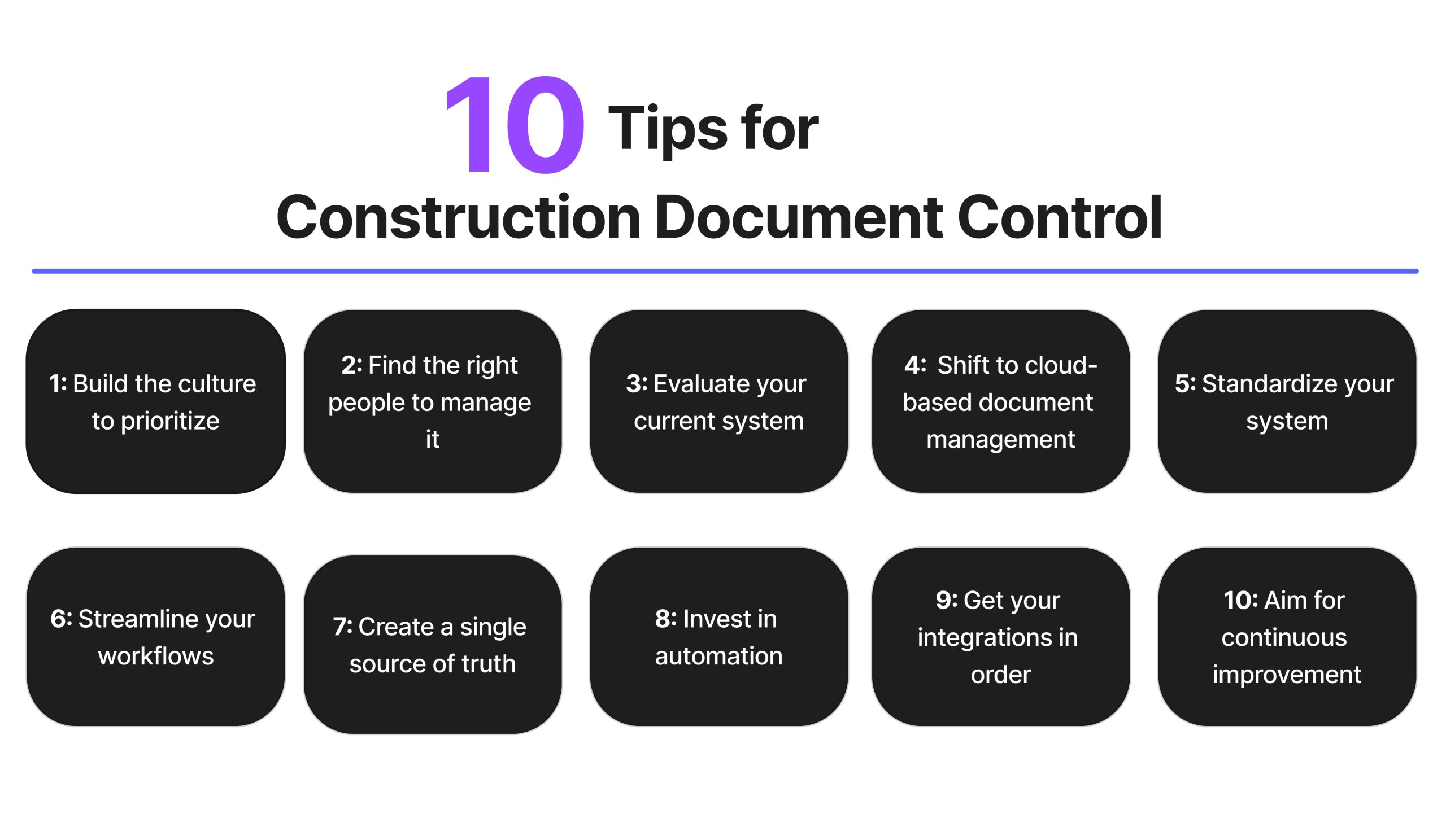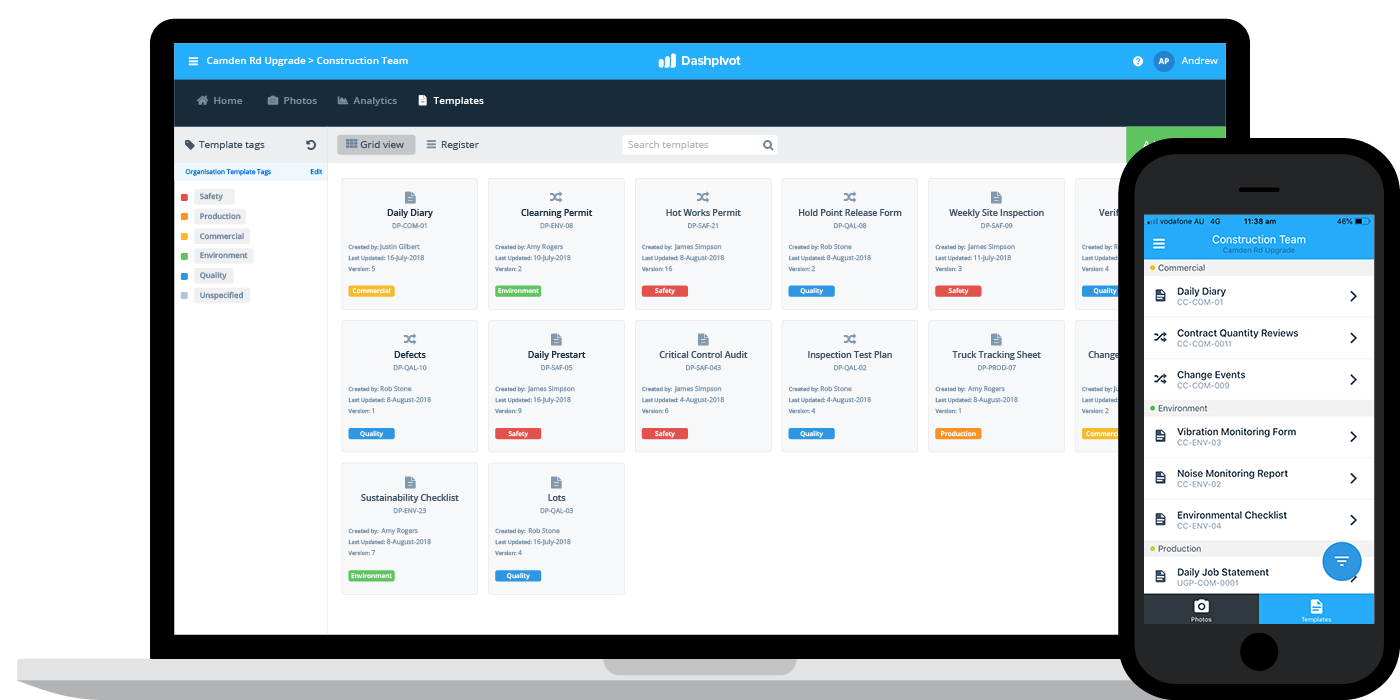Safeguard Your Success: Construction Document Management Methods for Professionals
Safeguard Your Success: Construction Document Management Methods for Professionals
Blog Article
Optimizing Task Cooperation: Engineer's Best Practices in Building File Management
In the intricate world of architectural jobs, the efficient monitoring of construction papers stands as a keystone for success. Designers, with their precise attention to detail and ingenious layout remedies, are tasked with managing a symphony of sources, stakeholders, and timelines. Nonetheless, amidst this intricacy exists a crucial concern: exactly how can designers streamline cooperation procedures to improve job results? By checking out key approaches such as leveraging cloud-based systems, establishing durable communication protocols, and making certain data security, architects can raise their file administration techniques to brand-new heights.
Leveraging Cloud-Based Systems
Leveraging cloud-based systems is an essential strategy for contemporary engineers in maximizing building and construction document administration processes. By transitioning from typical paper-based systems to shadow services, designers can improve partnership, boost record ease of access, and enhance general job performance. Cloud-based platforms supply engineers the ability to shop, share, and update building documents in real-time, making certain that all staff member have access to the most existing information despite their area. This availability promotes smooth communication and sychronisation among task stakeholders, resulting in less mistakes and hold-ups in the building process.
Additionally, cloud-based systems provide a protected environment for storing sensitive task info, using file encryption, normal backups, and individual authorization setups to secure information integrity. Architects can also benefit from the scalability of cloud services, allowing them to readjust storage ability and capability based upon task needs. Overall, leveraging cloud-based platforms empowers architects to optimize their building and construction document administration procedures, driving higher cooperation, performance, and success in their jobs.
Implementing Variation Control Systems
Having actually established the advantages of cloud-based platforms in building paper management, designers can currently boost their file control procedures by applying Version Control Systems. Version Control Solution (VCS) are important devices that track changes in files, making sure that team members are always collaborating with the latest and most exact information. By implementing VCS, engineers can keep a central database where all project files are stored, enabling smooth partnership while reducing the danger of mistakes and variation conflicts.
This function is especially beneficial in building tasks where design iterations and modifications are typical. This openness not just enhances accountability but also helps in resolving disagreements or inconsistencies that may occur throughout the job lifecycle.
Establishing Interaction Protocols
To make certain effective and efficient job coordination, architects need to develop clear and robust interaction procedures within their building and construction record monitoring procedures. This system might be a project monitoring software, email threads, or cloud-based storage space services.
Additionally, interaction protocols ought to also consist of guidelines on just how to deal with conflicts, change orders, and immediate problems our website that might occur throughout the job lifecycle. Developing an organized technique to interaction ensures that all stakeholders are on the exact same page, promotes openness, and eventually adds to the successful completion of the construction job.
Making Use Of BIM Software for Coordination
BIM software plays a pivotal duty in enhancing sychronisation amongst job staff member in the construction industry. Structure Info Modeling (BIM) helps with collaboration by providing a centralized system where architects, designers, contractors, and various other stakeholders can collaborate in a collaborated manner. Through BIM software application, project participants can access and upgrade a common model which contains detailed information concerning the building design, building and construction components, and project schedules.

Furthermore, BIM software program makes it possible for real-time collaboration and interaction among team members, despite their physical area. Via cloud-based BIM systems, job stakeholders can access the most recent project information, track adjustments, and make educated decisions quickly. Overall, leveraging BIM software application for coordination improves job performance, productivity, and inevitably leads to successful task results.
Ensuring Data Security and Compliance
In the world of building record administration, securing information honesty and guaranteeing regulative conformity are vital considerations for designers and other job stakeholders. Architects have to implement durable safety measures to secure delicate job details from unapproved gain access to or breaches.

Final Thought
To conclude, architects can enhance project partnership in building document management by leveraging cloud-based systems, implementing variation control systems, establishing interaction procedures, using BIM software program for control, and making sure information protection and compliance. These ideal techniques assist improve the building process, boost interaction among project stakeholders, and enhance efficiency in project shipment. By complying with these standards, designers can effectively take care of construction records and facilitate effective task end results.
Via BIM software application, task individuals can access and upgrade a shared version that includes comprehensive information regarding the structure design, building elements, and task routines.
Via cloud-based BIM platforms, project stakeholders can access the newest job information, track modifications, and make educated decisions promptly - construction document management. Overall, leveraging BIM software application for control enhances job performance, productivity, and ultimately leads to effective project end results
In conclusion, architects can maximize job collaboration in construction record administration by leveraging cloud-based platforms, carrying out version control systems, developing interaction procedures, making use of BIM software for sychronisation, and guaranteeing data security and conformity. These best methods aid enhance the construction procedure, boost interaction among job stakeholders, and improve performance in task delivery.
Report this page